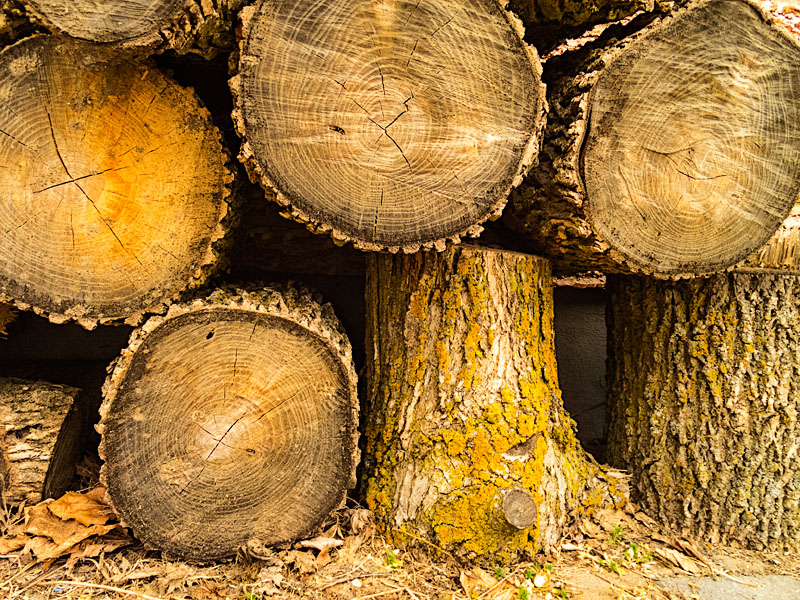Yes. And very good images, too.
There was some high ice crystal in the air this evening, but I got back from the gym close to midnight and thought it was a good time to try to capture the moon, since the camera must be sent back tomorrow. Sadly, the Stockholm trip and my severe computer problems cut the review short. However, I am convinced that this is an excellent camera. It seems to avoid most of the F550’s problems while adding reach and excellent stabilization. Who can complain …
So … the moon. I set the camera up on a cheap tripod and placed it on my driveway. The moon was in the western sky so I had to shoot down the street with the camera bathed in street lamp output. It seems to have been ok, though.
F770EXR 100iso
500mm Manual
f/5.3 1/160
The detail is magnificent. You can see the Appenine mountains along the right side of Mare Imbrium and you can see many craters in crystal clarity.
But that’s not the main event. I ran the extremely popular “Planets” application on my iPhone to find Saturn, and it was only a few degrees away from the moon in the Southern sky. I adjusted the exposure and then tried to figure out how to get focus on Saturn.
I ended up focusing on the moon and holding the half press while searching for Saturn with the camera. This is a real trick, since you have to line it up by eye and then hunt up and down to get the right height. When I saw it appear in the LCD I would lock down the height and then release the shutter. Amazingly, I got adequate images. But really tiny, so I was forced to increase the size using step ladder technique – repeated bicubic interpolation (more like extrapolation) at 10%. This is known to preserve a lot of detail.
And now, without further ado …
F770EXR 800iso
500mm Manual
f/5.3 1/25
WOW! That blew my fricken mind. I took this camera out of my pocket, and it shot a credible image of Saturn!!! Yeah, it’s just the shape … but that’s not so easy. I’ve shot it many times and in 3 shots, I nailed this with the F770EXR.
Problems
The LCD was just awful for shooting the moon. Far too bright. So overly glowing that I could see no detail when it was in focus. So I spent minutes trying to get it to focus when it was always in focus. Finally, I just blasted off a shot and it was perfect! I didn’t even use the timer. I then shot once more with the timer, but the one you see published above is the first one. (I shot only two.)
For Saturn, the toughest issue is the lack of the ability to lock infinity focus. Or hyperfocal distance. The latter would be even more useful. Anyway, it worked by focusing on the moon first. But what to do on a moonless night :-) ?
Conclusion
I must admit to being amazed at the quality this camera can pull off with this stuff. The F550 was not in this league, and I presume that this is mainly the reach. But some of it might be the more efficient sensor as well. Unfortunately, I don’t really have the time to test them head to head on this one. No contest, though, as really distant objects need super long reach.

























































